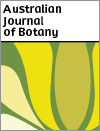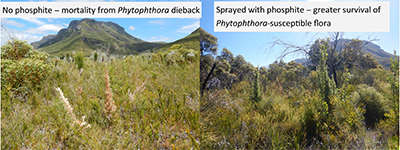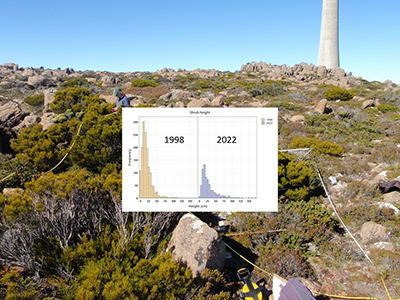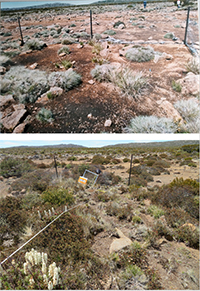Australian Journal of Botany
Volume 72
Number 3 2024
Mitigation of the impacts of Phytophthora dieback and browsing by mammalian herbivores improved post-fire survival and/or growth of threatened flora in the Stirling Range (Koi Kyeunu-ruff), Western Australia. Translocated populations had greater growth and earlier flowering than wild populations. Mitigating non-fire regime threats supported post-fire recovery of threatened flora. Photographs by S. Barrett (Department of Biodiversity, Conservation and Attractions).
We compared vegetation in alpine heath plots that regenerated after fires of 1947 and 1962. Herbs and graminoids plummeted in cover and species richness between 1998 and 2022, whereas shrubs continued to increase in cover in the 1962-burnt, but decreased in the 1947-burnt area. Shrubs exhibited compositional change up to 75 years after fire. A failure of the shrub layer to be more similar between the fire years might be due to stronger winds and higher temperatures. A predicted climate change-induced increase in diversity did not occur. Image by Jamie Kirkpatrick.
Long-term monitoring on Tasmania’s Eastern Central Plateau provides an opportunity to document the process of recovery from fire and stock grazing and the impacts of wild herbivores. After 30 years, vegetated ground cover has increased both inside and outside grazing exclosures. Although results between the four sites were variable, natural regeneration will occur without management intervention and in the absence of a catastrophic disturbance such as wildfire. Photographs by Kerry Bridle.








